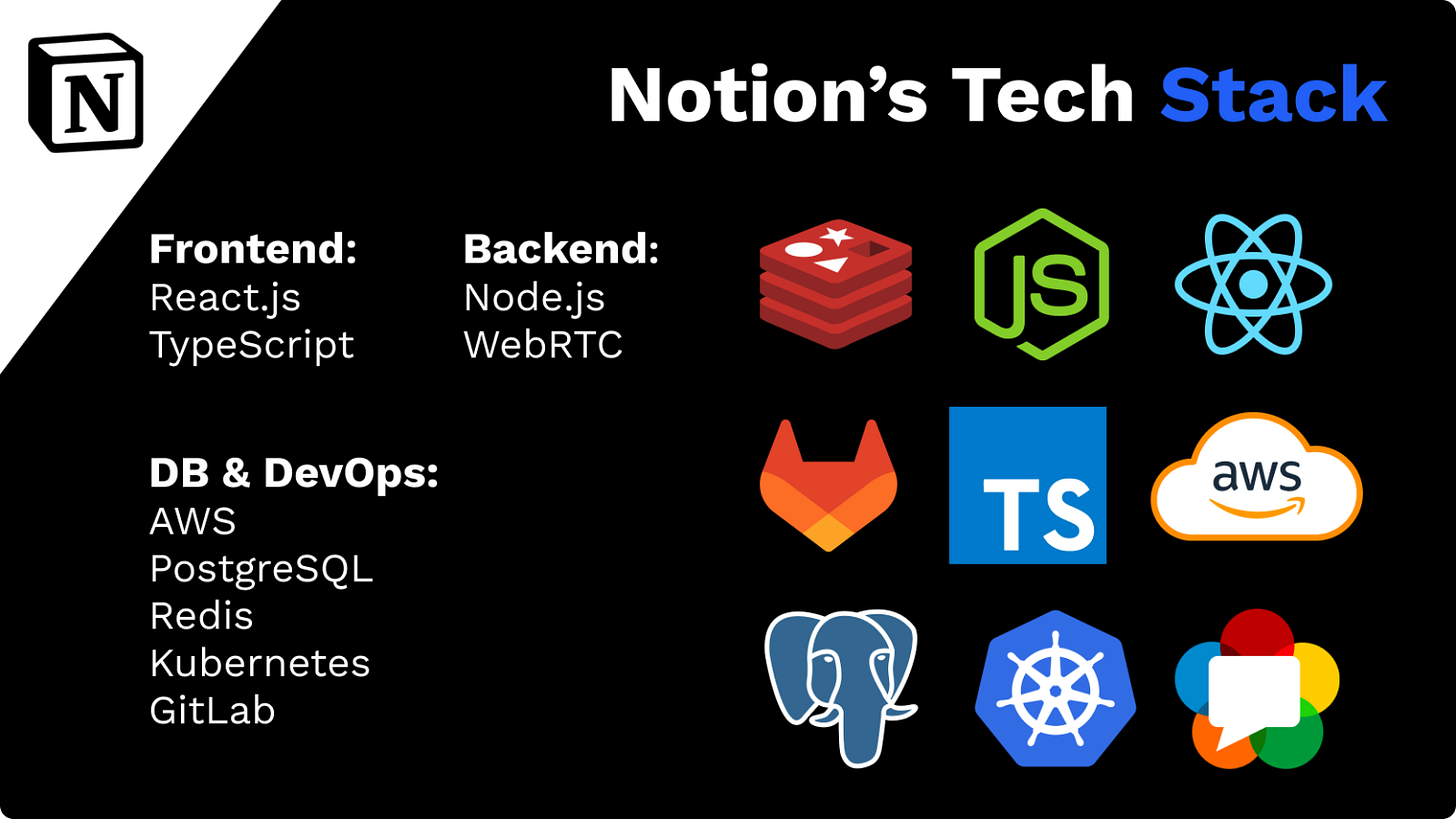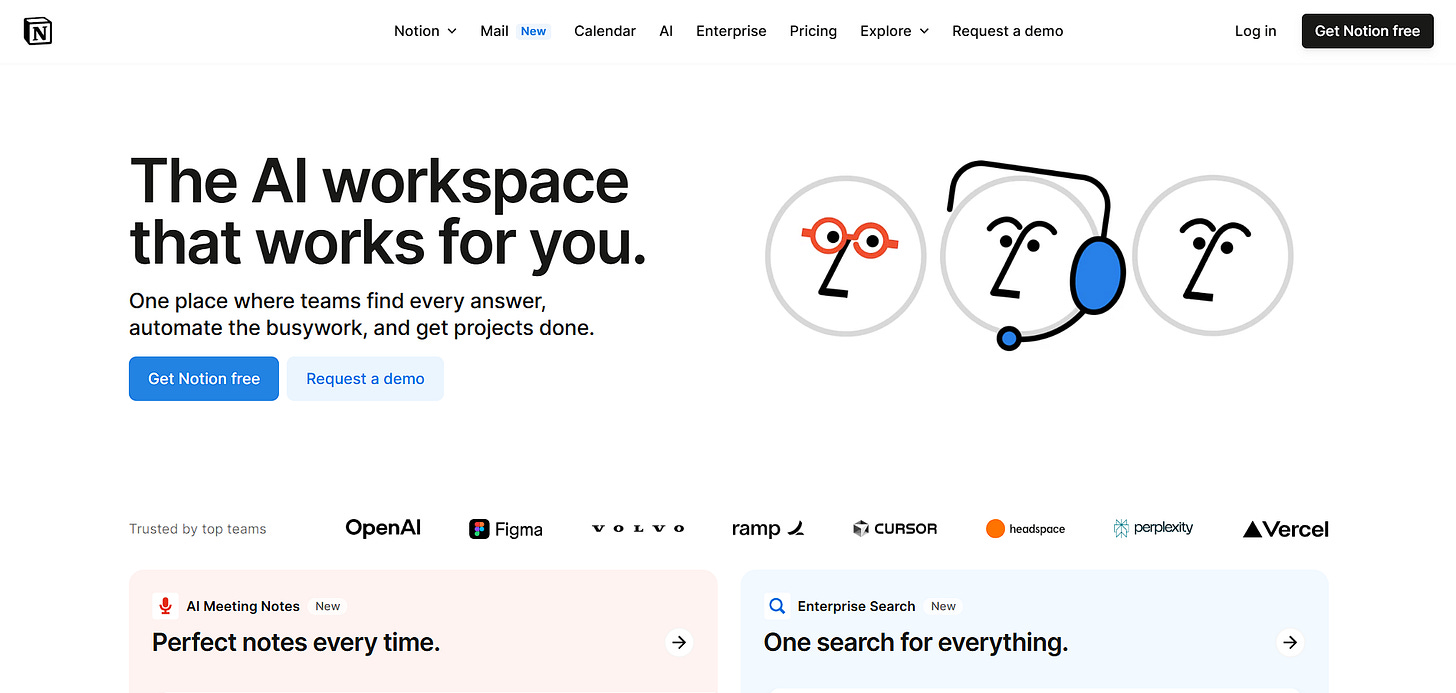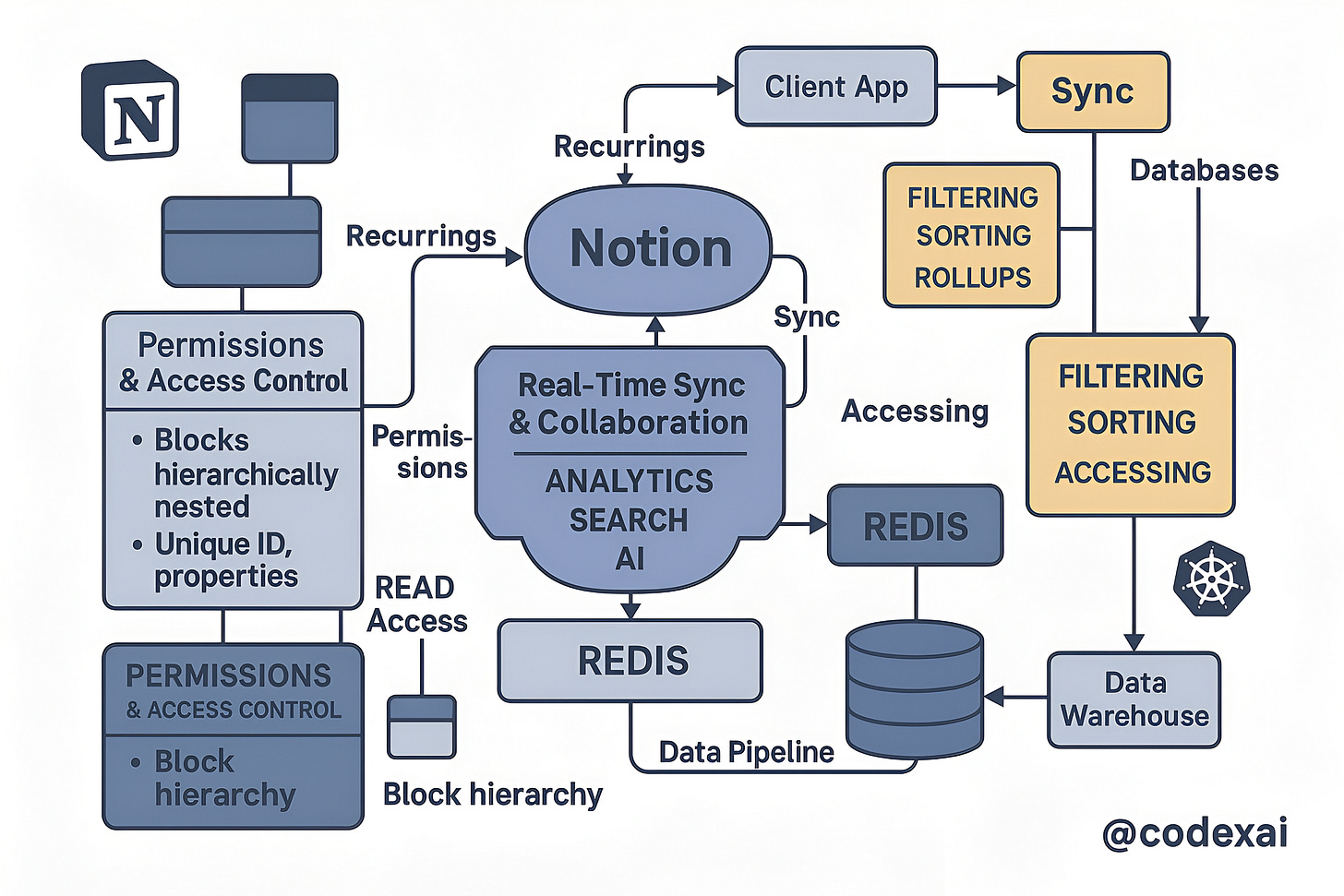Half the companies has quietly abandoned Google Docs and wikis, all gravitating to a single tool for notes, tasks, and collaboration. It’s happening everywhere – teams at companies like Figma “quietly sneak off Google Docs and switch to Notion”.
Notion has become that rare SaaS phenomenon: a product so intuitive and flexible that it spreads on its own, bottom-up. But Notion’s road to success was anything but easy.
This is the story of how a tiny startup nearly died, pivoted in a last-ditch gamble, and came back to build a cult-followed productivity tool now challenging giants.
Notion (website: notion.com) is an all-in-one productivity SaaS founded by Ivan Zhao (along with co-founder Simon Last). Launched in its current form in 2018, Notion provides a unified workspace for notes, documents, wikis, project boards, databases and more.
Notion’s core promise is to solve the fragmentation in our work and personal knowledge management. Before Notion, teams juggled separate apps for note-taking, documentation, task tracking, wikis, and databases – leading to silos and scattered information.
Notion combines notes, wikis, project boards, databases and more into a single, intuitive interface.
The only app you need for work-life productivity— Wall Street Journal
By letting users create docs as easily as in Word or Google Docs, organize knowledge like in a wiki, and manage tasks like in Trello – all in one place – Notion eliminates the friction of context-switching between tools.
For individuals, Notion also tackles the problem of personal knowledge management. It serves as a “second brain”, a place to capture notes, plans, and ideas in whatever structure makes sense – without having to glue together a dozen apps.
By offering one customizable workspace, Notion solves the headaches of too many apps and too little integration. Teams and individuals alike can consolidate their workflows: meeting notes link to project tasks; project docs live alongside Kanban boards and databases.
Behind-the-scene Tech Stack
Notion’s seemingly simple interface hides a sophisticated tech stack designed to handle real-time collaboration and massive scale.
Here’s a breakdown of the technologies powering Notion’s product and what they do:

Overall, Notion’s tech stack is a blend of tried-and-true web technologies (React, Node, Postgres) and advanced infrastructure to support real-time collaboration and scale (WebSockets, Docker/K8s, data pipelines). This lets a small team deliver a highly interactive app to millions of users with reliability.
System Design
Notion’s system architecture is shaped deeply by its product concept: everything is a block. Understanding the design means understanding how Notion stores and syncs these building blocks across users and devices. Here’s an overview of how the pieces fit together:
Notion now runs a robust architecture that supports real-time sync for millions of users and an ever-growing trove of content. The combination of a clean data model (blocks) with modern cloud infrastructure has enabled Notion’s tiny team to compete with the likes of Microsoft and Google on productivity software.
You Should Build This Too!
Notion’s success is inspiring a new generation of makers to rethink what’s possible. The good news? You can build something like Notion too – or at least, something inspired by its principles. Here are some actionable takeaways and ideas for would-be founders and developers, drawn from Notion’s story:
Find the Friction, Build the Bridge
Embrace Modular Design
Leverage Community and Templates
Focus on User Experience & “Feel”
Play the Long Game
In short, Notion’s story shows that even a small team can disrupt incumbents by rethinking fundamentals (like how we structure information) and prioritizing users.
Whether you aim to build a comprehensive platform or a focused tool with a bit of Notion’s DNA, the opportunity is ripe. The world still has plenty of workflows and “jobs to be done” that are waiting for a creative coder/founder to streamline. Why shouldn’t that be you?
By fusing a bold vision (software that feels like LEGO blocks) with relentless user focus and community building, Notion reinvented how we work and organize knowledge. It shows that with perseverance and empathy for users, we can build tools that truly augment our abilities and maybe even change how we think.
As we conclude this deep dive, consider your own takeaways.
What part of Notion’s design inspires you the most – is it the all-in-one integration, the elegant simplicity, or the passionate community?
And looking ahead, how do you see the future of tools like Notion in an AI-driven world – will we all use one “second brain” platform or many specialized ones?
Finally, if you were to create your own productivity tool or next-gen SaaS, what problem would you solve first, and what principles would guide your design?
I’d love to hear your thoughts and ideas.
After all, the next transformative tool might just come from someone reading this – you could build the next Notion-inspired breakthrough.
So dream big, start small, and happy building!
PS: Issues like these aren’t just for inspiration they’re blueprints.
🚧 At Codexai, we break down real journeys—not just the what, but the how. From tech stacks to founder mindset, you’ll learn what it really takes to build software people love.
No fluff. Just the stuff that actually helps you build.
📩 Subscribe now to get behind-the-scenes tech breakdowns, product insights, and indie founder lessons—delivered to your inbox 100% free!
Manas xx! 🥂







